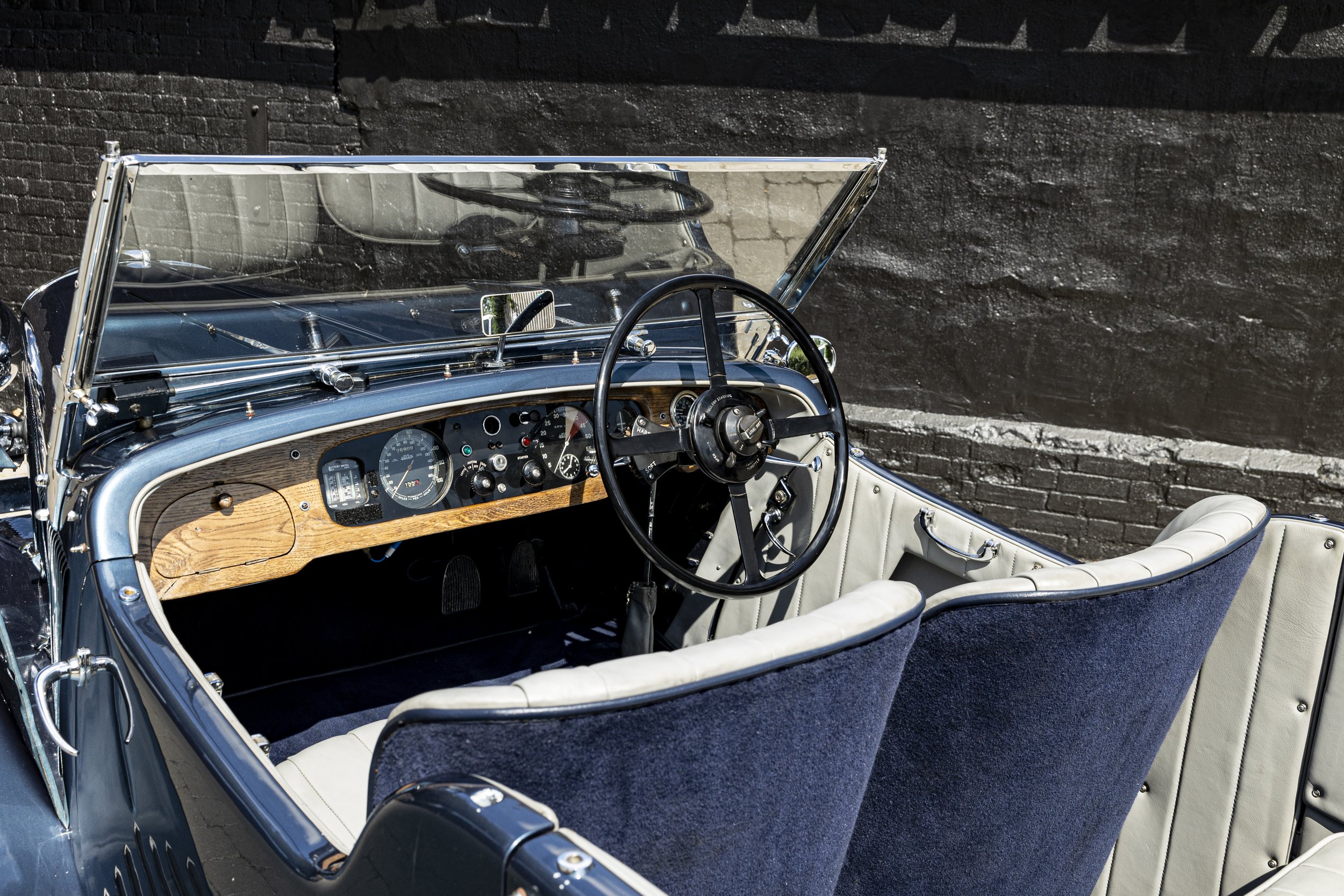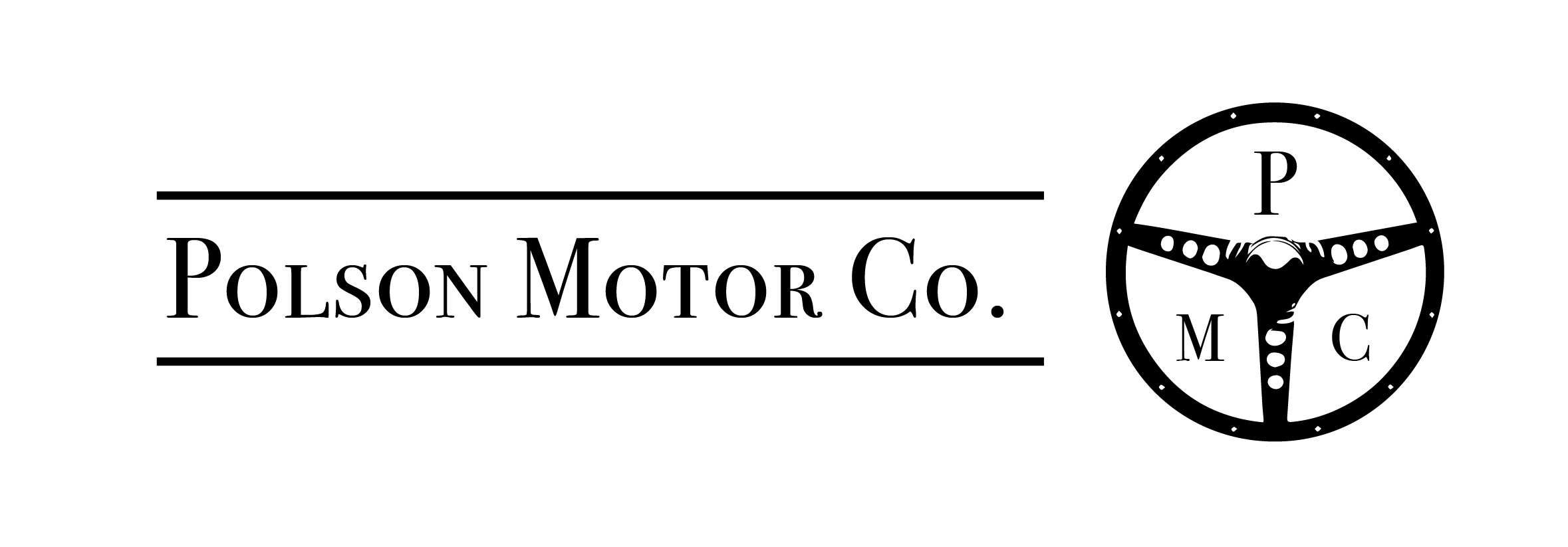1937 Talbot BG110 Speed Tourer Coachwork by Vanden Plas


























Registration no. DYK 431
Chassis no. 4586
As a Swiss, Talbot Chief Engineer, Georges Roesch, designed his cars with Alpine motoring in mind. With their combination of a strong and powerful push-rod six cylinder engine, powerful brakes, light and accurate steering and a compact, light yet sturdy chassis it is no surprise that Talbots excelled in the Alpine Trials of the 1930s. Then undoubtedly the foremost long distance rally and an incredible test for both car and driver. Coupled with their successes at Le Mans, Ards and Brooklands the Talbot was clearly the most effective British sporting car of its size in the period. These successes culminated in the 1934 Alpine Trial where the famed Talbot Team of specially bodied and prepared cars, registered BGH 21, 22 and 23, got through this most arduous of events without losing a single mark. This success has been echoed today and Talbots have been hugely successful in rallies such as the Flying Scotsman, 1000 Mile Trial, Alpine Trial and countless others.
Roesch developed the 14/45 to produce the 75 and 90 models, the latter setting Talbot on the path towards renewed sporting success. 1931 saw the arrival of the 3.0-litre 105 powered by a new 'six' featuring staggered valves, a Roesch stratagem allowing for improved breathing. There was more technical innovation for 1933 in the form of Luvax adjustable dampers and the Roesch-designed, Wilson pre-selector gearbox, the latter augmented for 1935 by Talbot's famous automatic 'traffic clutch' enabling automatic upward gear-changes. Also new for '35 were a dropped chassis frame and a 3½-litre model: the 110. The ultimate Roesch Talbot, the latter had 120bhp on tap and provided 95mph performance while offering class-leading refinement. This top-of-the-range model featured such luxuries as driver-controlled hydraulic shock absorbers, centralised chassis lubrication, and DWS permanent jacks. The final version was the BG110 (as offered here), which featured an improved and strengthened chassis: of box section and with a cruciform cross-member. One of the great cars of the 1930s, the Talbot 110 was axed by new masters Rootes in 1937, the subsequent models progressively incorporating more and more standardised Rootes components.
The BG110 was the last of the 3½-litre Roesch Talbots, and this rare survivor is one of only 89 completed. Almost all of Talbot's tourers were bodied in house with steel panelling apart from the 13 or 14 3½-litre tourers bodied in aluminium by Vanden Plas. The latter's body was much lighter, releasing more of the chassis' potential, as well as being both slimmer and considerably more stylish than Talbot's offerings. The sporting nature of the model was noted by Motor magazine in July 1936 on the road and at Brooklands where a speed of 94mph was achieved, in this article the model was described as “A real sports car in design, performance and appearance”. Geoffrey Wooding also successfully campaigned his example ‘DXW 3’ at Brooklands to further back up the models sporting credentials.
The Talbot chassis ledgers show ‘DYK 431’ to have been ordered new with this most sought after Vanden Plas Coachwork by main London Talbot dealers Warwick Wright and to have been delivered in June of 1937. The Vanden Plas sales ledgers show it to be body number 3579, finished in blue- as it is today.
Little is known of the cars early history but as shown on a ‘buff’ logbook on file ‘DYK’ was owned by a Mr George Gale by 1957, he was followed by dealers Classic Cars of Holland Park, Raymond Dalls, Barry Andersen, D Mills, and C.W. Parish in 1965, It is thought soon after this the car passed into the hands of Edward Marchant, with whom it would remain until 1991 when it passed into the hands of Mr Percival Horne. He appears to have used the car little, the car being recorded as being in storage when purchased by the next owner Mr Locket in 2005 he embarked upon a full restoration of the car. With the preselector gearbox entrusted to renowned specialist Cecil Schumacher, engine work by Jim Stokes Workshop, body was rebuilt and re-painted in what is believed to be the original metallic blue colour and all other aspects of the car were entrusted to specialists or done in house- see notes and CD of images on file. On completion of this work ‘DYK’ won the Transport Trust Restoration Award in 2008, which was presented to the then owner by HRH Prince Michael of Kent.
Due to the owner ill health ‘DYK’ was subsequently little used before passing to the Dulien Collection in 2010 and in turn passing to the current deceased owner in 2016. He was very keen to use this car for Continental Rallying and sporting motoring very much as the manufacturers had intended. As such the car was despatched, to our sister Talbot specialist I.S.Polson to be gone through mechanically to make it as reliable as possible for these purposes. As such a great deal of mechanical work was carried out on the car, as shown by invoices on file for circa £13,000. Subsequently the car successfully completed the Endurance Rally Associations Alpine Trial and Flying Scotsman Rally without any issues and giving the owner and his wife a great deal of enjoyment.
Sadly the owner passed away in 2018 since that time the car has been used sparingly but has been regularly exercised by the late owners wife and family friends. During the course of this in 2019 a serious engine issue developed which turned out to be terminal failure of the cylinder block, which had previously cracked and been repaired on several occasions. In order to repair this properly the car was once again entrusted to I.S.Polson who were fortunately able to acquire an original low mileage 3½-litre 110 engine in good order, identical to the original engine fitted to the car- extremely rare and almost certainly the last original undamaged example in existence. With this as a basis the engine was effectively replaced from top to bottom using the low mileage original 110 cylinder head- suitably re-furbished, low mileage 110 crankshaft, new camshaft, new connecting rods, modern forged pistons, and almost all other internal engine parts renewed, to give the strongest, best running and driving standard Talbot 110 engine we are aware of, see invoice on file for circa £77,000. Whilst at the same time the original ‘matching numbers’ cylinder block and other numbered components were carefully retained so as preserve the cars originality.
At around the same time the rear axle (which had been poorly rebuilt many years ago) was completely rebuilt around a good original central casing (original retained) with all new internals , the opportunity being taken to fit a 3.69 to 1 Crown Wheel and Pinion which with the power and torque now available the car was comfortably able to pull, giving it effortless high speed cruising, see invoices on file for circa £6,000.
The result is the best running and driving 3½-litre Talbot road car we have encountered, with ample power and torque combined with a terrific tractability to give a driving experience to rival the very best of its most exalted contemporaries.
Beautifully proportioned, Vanden Plas Limited's alloy-bodied sports tourers are highly attractive and the most coveted of all Talbot 110 models. Almost all survive but they are only rarely offered for sale. ‘DYK’ represents a wonderful opportunity to acquire an exceptional example of the ultimate Roesch Talbot road car.
